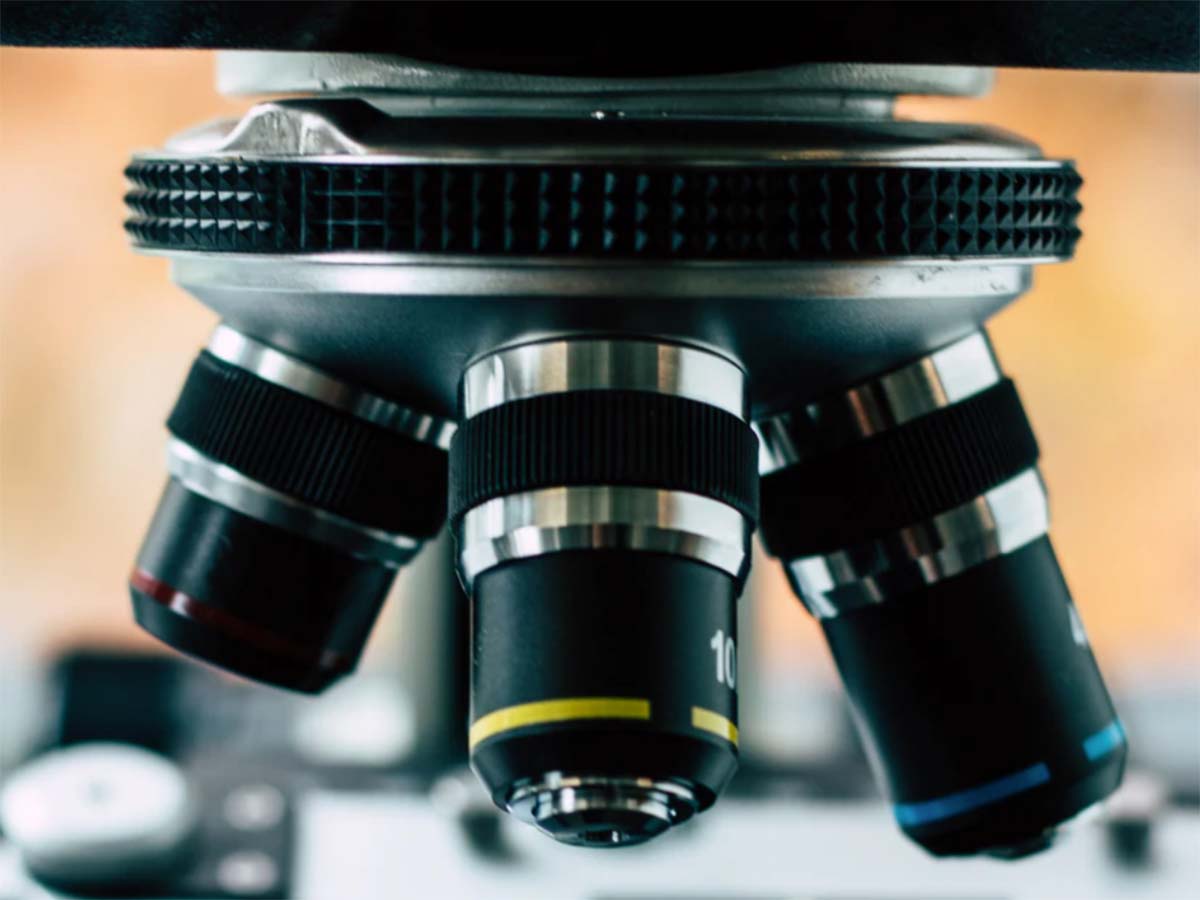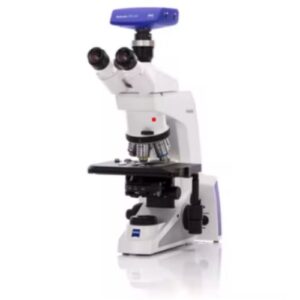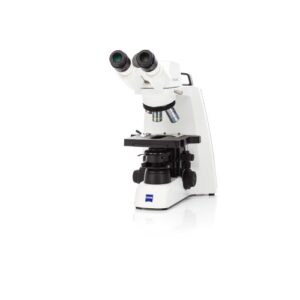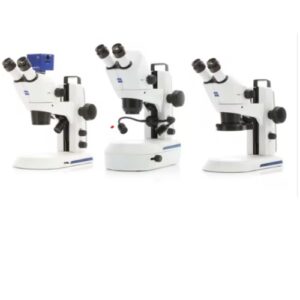Fluorescence and Lighting in Las Vegas: A Word About LED vs. Metal Halide
Paper or plastic? Cream or sugar? Card or cash? I hear each of these questions a few times per week (or multiple times a day if I’m on my fourth cup of Brazilian coffee).
There’s not so much a clear-cut preference for all questions. “Should I go with LED or a classic (metal halide) light source?” is a less frequent but considerably more significant inquiry posed to me for users getting a new fluorescent microscope. My brain pumps into overdrive like a stock car on the homestretch. It says to itself, “You created a spot-on configuration. Nailed it down to the final objective. Spent way more time making double checks on this then was required. Do NOT screw this final component up!”
Factors in considering an optimal light source
If only a universally accepted answer existed. One must consider several factors of the light sources themselves, before moving to mulling over how the selection will affect a user’s samples. Let’s study a tale of the tape first:
- LED:
given a “thumbs-up” rating from the World Health Organization in 2009, LED (light-emitting diode) illumination is the most contemporary form of epifluorescence on the market. LEDs lifespans’ typically range from 25,000-50,000 hours. There’s dimming along the way, of course, but it takes running the bulb 8 hours a day/5 days a week/52 weeks a year for 12 years straight before reaching the lower limit of a lifespan. These means fewer (or more likely zero) bulb changes, and unfortunately, fewer friendly visits from your neighborhood Leica rep for service.
The bulb inside of LED light engines requires no transition time between ON and OFF cycles. Think of an LED essentially as a circuit; the flow of electrons and subsequent release of photons because of movement between oppositely charged semiconductors produces electroluminescence. Or in layman’s terms, “Electricity creates light, not heat.”
These types of light engines ensure relatively low risk to the lab and environment at large, cause less phototoxicity to fluorescent markers (part of the reason is less heat), and are more physically durable due to their solid-state nature. In a sweeping generalization, I often note younger users as preferring LED light engines.
- Metal Halide:
the successor to mercury arc lamps, metal halide bulbs are the most common type of fluorescent lamp house being used in 2018. Metal halide light sources give off a robust number of lumens (basically, light per second) to a sample, increasing odds for higher signal detection. A rough calculation I did by overlaying spectral output charts of two of the most frequently sold brands of metal halide and LED light sources, respectively, indicates that metal halide bulbs generate about 20% higher wattage.
At the moment, money talks!
If I leave my debit card home during the day, the amount of cash I have on-hand is going to dictate what I’m having for lunch. In the same vein, upfront cost is what users eye when purchasing a new system. They want the number at the bottom of the quote to be as low as possible, with less consideration given towards long term costs. This is where metal halide light sources come into play, with price tags thousands of dollars lesser than those of LED light engines. Budget is always a factor, and “what’s available now” plays to a varying degree.
Pay now, or pay later – ongoing costs add up!
Sensitivity of fluorophores, planned usage, safety, and price point need to be involved in the cost-benefit analysis of which system will work better for a respective new user. So far I’ve only discussed upsides of the potential candidates. In all fairness, a properly maintained halide system will end up costing more than LED over time because of more frequent bulb changes. The safety is also a noticeable concern; modern metal halide lamps contain three times the amount of mercury that classic mercury arc lamps do. And those have the word “mercury” in the freaking name! Sorry, I tried my best to be an objective observer, but those are some of the facts. If only this were as easy as pairing a fine white wine to my favorite seafood dish!
Anything else? Oh yeah:




